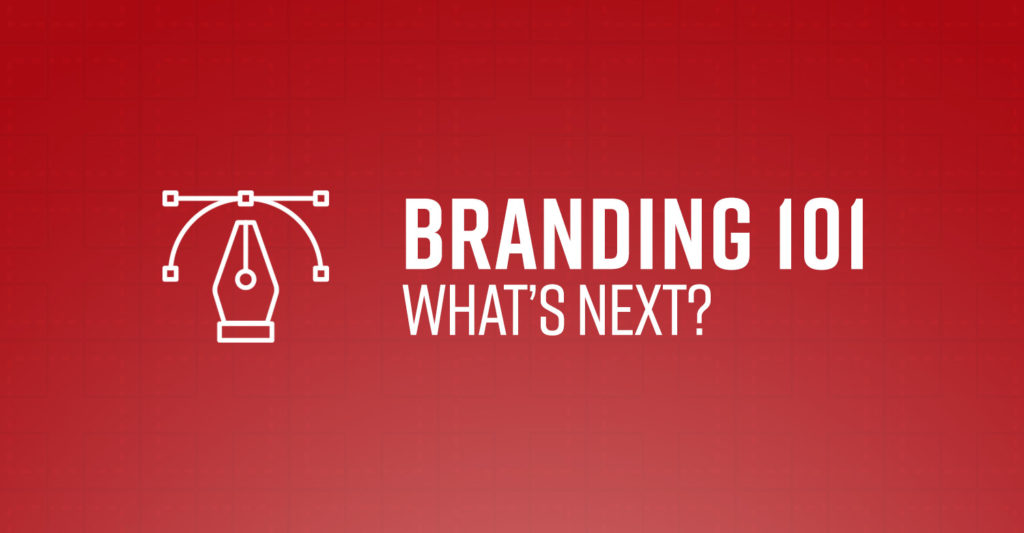At Hub & Spoke, we’ve often discussed how important is to keep your brand fresh. This article won’t rehash that point.
The following article is for businesses who have made the decision to go ahead with the rebranding process. The biggest question for such people is: “What do I do next?”

Rebranding can be complicated. Success won’t happen overnight. However, that doesn’t mean rebranding has to be daunting. By being prepared and educating yourself about the process, rebranding your company can be an engaging, even enlightening, experience.
Consider the following suggestions on optimizing that experience and reconstructing a brand that is cohesive, compelling, and memorable.
1. Get Ready
Like anything in life, there’s no replacement for being prepared, especially when it comes to branding. Keeping in mind the investment that a complete, cohesive brand is comprised of, it is vital to prepare in advance to optimize your brand’s ROI. The better prepared you are, the more effective your rebrand will become.
One vital factor is obtaining buy-in from senior leadership on the branding’s value. You don’t want to spend so much time rebranding only to see your executives brush it off as unimportant. The immediate requirement and realistic value of a rebrand should be very clear to those in charge prior to the start of the process.
Afterward, you will need to identify the internal stakeholders your rebranding team is comprised of. This group should include the C-suite and other relevant decision makers, such as those in Sales, Marketing, Customer Support, Human Resources — just about everyone in a leadership position who engages with staff members or customers regularly. When senior leadership is active in the rebranding process, the positioning and strategy components of the rebranding affect them, and as such, alignment of the brand can be enforced from the top.
If you’re a smaller company or a non-profit, you might have a different internal branding team. Regardless, make sure you keep the people making the most important day-to-day decisions in the loop.
Assemble current collateral for your rebranding discovery phase. The most successful rebrands start with a thorough exploration of how the brand is positioned at the moment. By gathering a representative sampling of advertising, marketing, and PR materials, you can see the weaknesses and strengths of your existing brand, and you might begin to get a sense of the direction you need to move in.
2. Locate the Proper Partner
With regards to partners, the best piece of advice for all rebrands is to choose the proper creative agency. Finding a partner with an established track record who is knowledgeable about your requirements and whom you can seamlessly collaborate with is vital. It is critical to vet several agencies to ensure you make the best choice.
When looking for a suitable partner, ask yourself the following:
- Do they promise senior-level expertise and talent?
- Are your values aligned with theirs?
- Are detailed case studies available to match their reported successful track record?
- Does their process revolve around thorough, objective research?
- Do they come across as adaptable to change?
- Do they thrive at creative execution of various forms of media?
3. Follow Every Step
Rebranding involves five very important steps. You might be tempted to skip a step or two for the sake of saving money or time, but this would end up hurting your rebranding strategy in the long run. Go through all the activities that have been proven to deliver results. Doing so ensures that the result—the rebrand—will be durable and effective. It’s beneficial to understand what the five branding phases are and what to expect from them:
Research
All thriving branding initiatives begin with comprehensive research. This will show you what your brand currently is, how your customers see it, and its place in the competitive landscape.
Strategy
Brand strategy involves establishing the foundation of your brand and positioning it for success and growth. Brand personality, core messaging, brand promise, competitive advantage — these are the factors that make up your brand, which you’ll discover during the strategy phase.
Identity
Your brand’s identity is the visual manifestation of the positioning work completed during the strategy phase. A strong identity will capture the defining attributes of your brand, as well as its promise, purpose, and personality.
Expression
Expression starts with the introduction of your brand to the market. It is a far-reaching, profound narrative that comes to life in assets, which includes your website, social networks, and marketing collateral.
Alignment
Achieved both externally and internally, alignment is the continuous activity of making sure that your staff and customers are aware of the purpose of your brand, and react with it in consistent ways.
4. Understand What to Anticipate
The last suggestion for rebranding your business is to know what to anticipate from the process. A rebrand brings many positives with it, the most valuable things being clarity, consensus, and confidence.
Rebranding lets you get rid of any poorly defined and generic tenets your brand was initially built upon. Important stakeholders will define and approve foundational pillars such as mission, purpose, values, and vision. It’s difficult to overstate how important this kind of consensus among leadership is. Its positive effects can reach the entire company.
Another outcome of the rebranding process is to clearly articulate your competitive edge. By addressing the advantages you provide customers, you can show them why they should choose you over your competitors.
And of course, a rebrand is all about providing your business with confidence. From executives to customer service representatives to customers, there aren’t many things as important than confidence with regards to the rebranding process. A compelling and cohesive brand makes people confident, whether they be brand ambassadors or internal stakeholders. Customers then become confident enough to associate themselves with your brand.
One of the most cathartic things a business can do is rebrand. It provides you with the ability to mold your brand into a genuine entity with purpose. Letting go of the past can be very difficult. The things that are familiar to us are the very things we find safe. However, developing a confident course for your brand’s future is deserving of any discomfort along your journey. Taking action on these suggestions will help you establish an effective brand that reaches and engages customers.
This post is part of our Branding 101 series, helping you understand the power of branding and the rebranding process from Hub & Spoke, a St. Louis creative agency that’s here to help you find focus for your brand.


